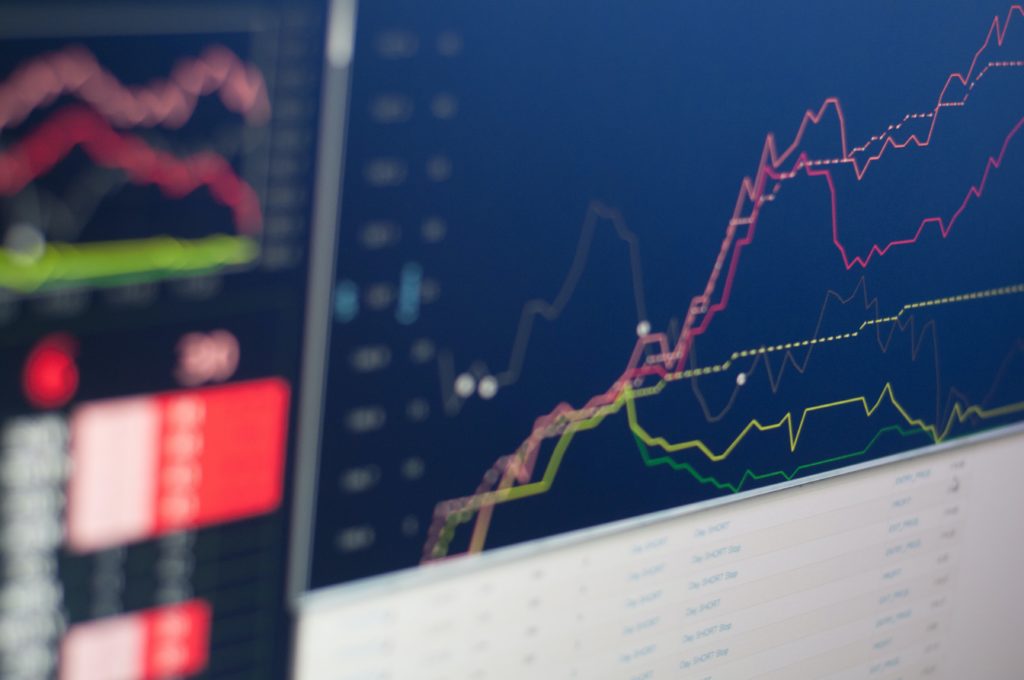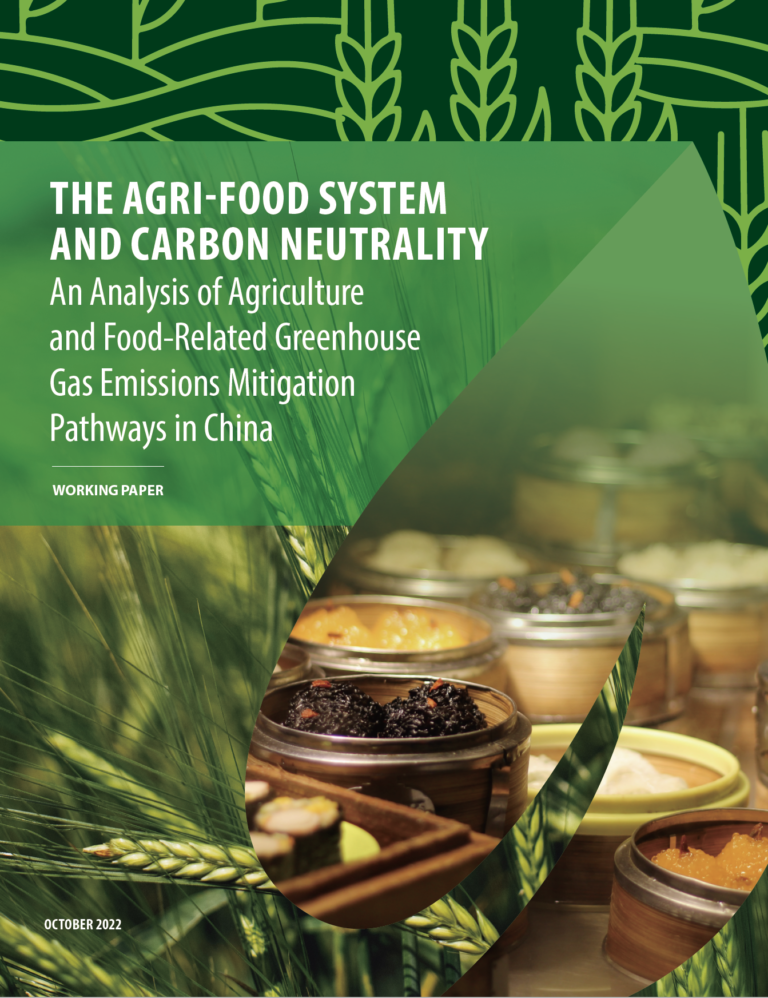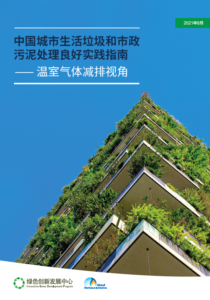Non-CO2 Abatement
Non-carbon dioxide greenhouse gas emissions are increasing every year. With most of these gases possessing high global warming potential, their impact on the world’s 2-degree temperature rise ceiling under the Paris Agreement cannot be ignored. There are many sources of non-CO2 greenhouse gas emissions, ranging from energy systems and industry to the agriculture and waste sectors. iGDP conducts technical analysis of non-CO2 emission reduction efforts. We track policy developments and evaluate the application of emission reduction technologies.
The economies of the world are increasingly dependent on industrial, building and medical refrigeration, food freezing and cold storage. The demand for refrigeration has seen rapid growth, driving increases in refrigeration energy consumption around the world. At the same time, the HFCs used in the refrigeration process have a strong greenhouse effect, further exacerbating climate change. Many countries, including China, have or will ratify the Kigali Amendment to the Montreal Protocol, promoting refrigeration energy efficiency and the transition toward climate-safe refrigerants. iGDP tracks developments in the refrigeration industry at home and abroad, providing technical and analytical support for the public sector, industry associations and enterprises, organizing international exchanges and cooperation activities, and promoting green and energy-efficient refrigeration.

Featured Projects
Policy Briefs
iGDP has released six policy briefs on mitigation of non-CO2 emissions in China. These policy briefs describe the current status of China’s key non-CO2 emitting sectors, characterizing their emissions and offering policy suggestions.

Research on China’s Non-CO2 Greenhouse Gas Emission Reduction Action
Dissemination of China’s Green Refrigeration Achievements

